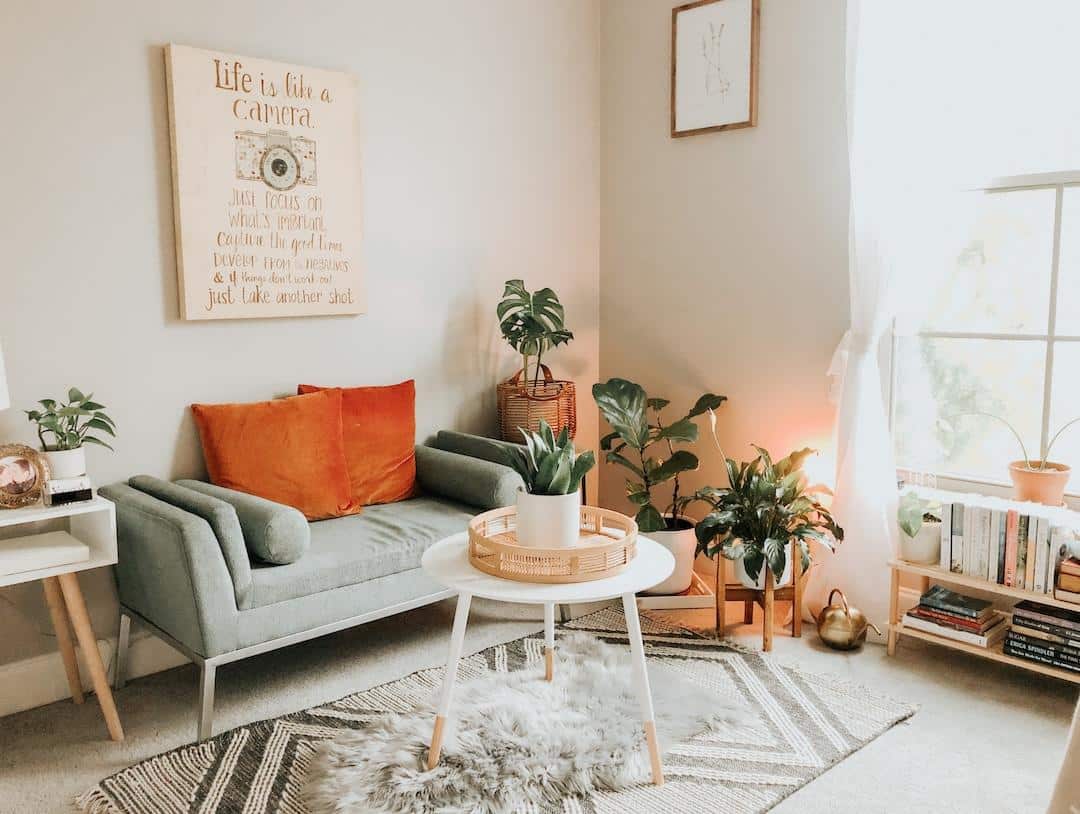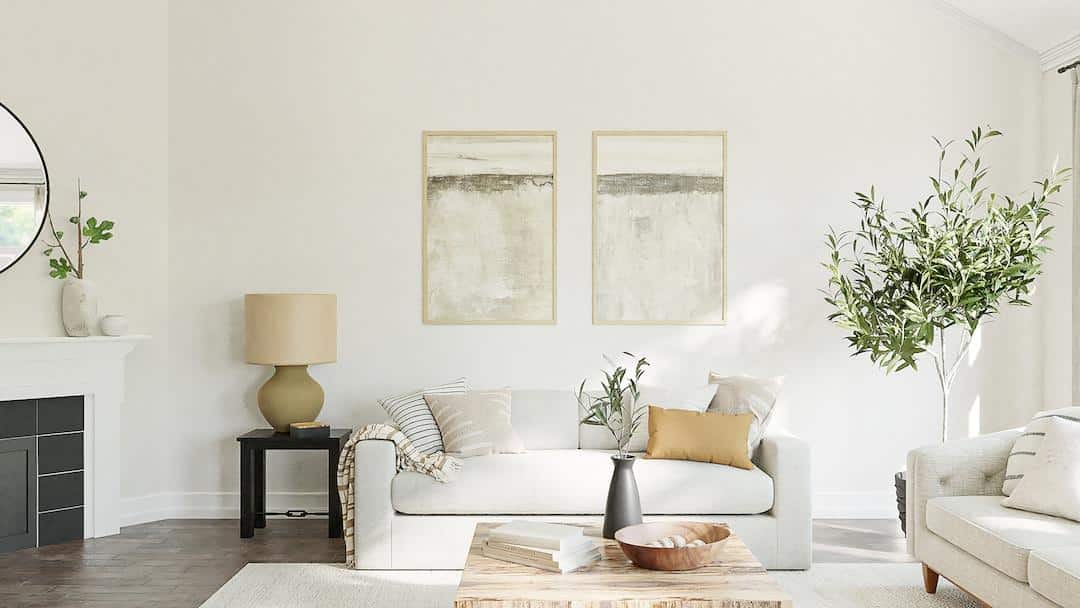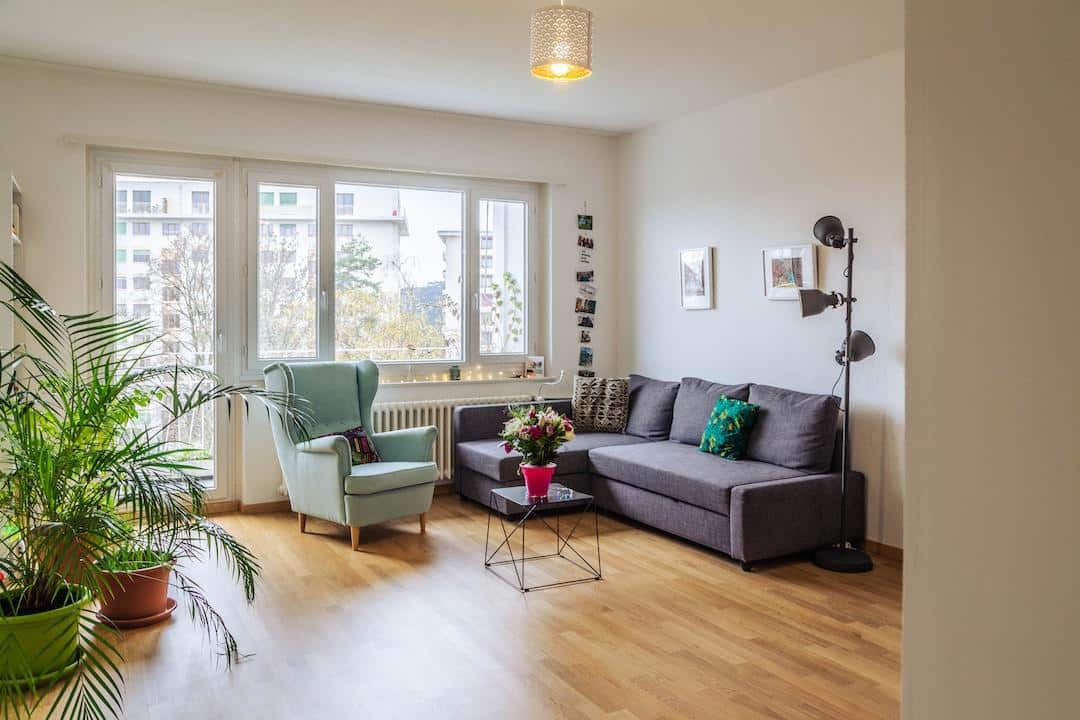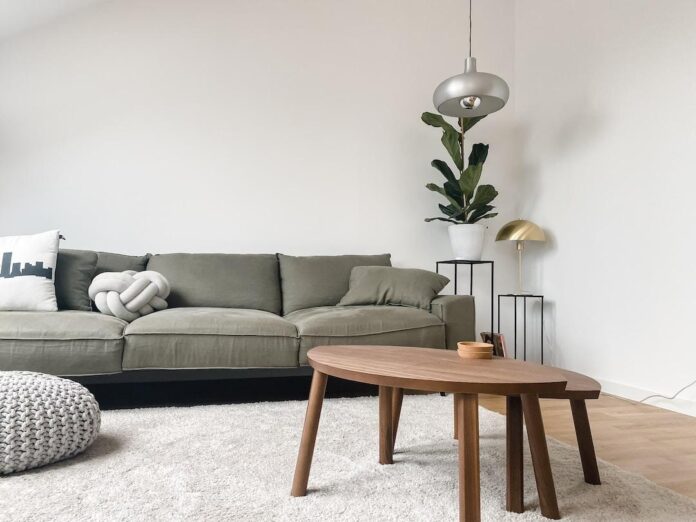The way you adorn your home says a lot about your personality, taste, and style. It reflects your moods, preferences, and the way you perceive things. Your home, after all, is your haven and subtly mirrors your identity. Decorating your home might seem an exciting, yet challenging task. It is a creative endeavor that engages both your aesthetic sense and logical considerations. However, the process doesn’t have to be overly intimidating or complicated. With the right guidance and ideas, you can transform your living space into a beautiful sanctuary. In this article, we will discuss some essential tips to bear in mind when decorating your home.
Table of Contents
Choosing the Right Furniture
The furniture you choose for your house can make or break its overall aesthetic. Thus, you need to select items that resonate with your style while being comfortable and functional. Choose pieces that are proportionate to the size of your room. Overcrowding a space can make it seem cluttered, and diminish the effect of individual furniture pieces.
Consider how each piece of furniture will fit into the layout of the room. Using a round rug, for example, can define certain areas within a room and add another layer of interest to your decor. One of the biggest benefits of a round rug is its ability to create a focal point in your space. Whether it’s placed in the center of a living room or under a dining table, a round rug can draw attention and tie all the elements of the room together. Choose rugs that are easy to maintain and that complement the color scheme and style of your room.
Remember, buying expensive furniture doesn’t necessarily mean it will enhance the beauty of your home. Sometimes, even thrift-store finds can add a vintage charm to your space. The key is to choose timeless pieces that reflect your personality and keep the function of the room in mind.
Defining the Function and Mood of Each Room
Begin by recognizing the purpose of each room in your house. Is it intended for relaxation, work, or entertainment, or is it purely functional like a bathroom or a laundry room? Once you have this clear, then you can decide the type of mood you want to create in each respective room. A living room might call for a lively, social atmosphere, a bedroom would probably need a calm and relaxed ambiance while an office would require an aura of productivity.
Suitable lighting can play a significant role in setting the desired mood for a room. Well-positioned lights can accentuate the room’s aesthetics while offering functional benefits. Ensure to balance both artificial and natural light sources to achieve the desired ambiance. Use dimmer switches where possible, to adapt the light intensity according to your needs.
Color is another major aspect that can dramatically affect the mood of a room. Warms colors tend to energize and stimulate, creating a cozy atmosphere, while cool colors tend to evoke a calm, soothing ambiance. Be mindful of these color psychology rules when selecting paint or wallpaper for your rooms. A well-coordinated color scheme can add life to your space while providing it with the right feel.
Using Art and Accessories

Art is a beautiful way to express your personality and can add a unique touch to any room. You can use paintings, sculptures, or prints that align with your taste. However, remember that less is more when it comes to decorating with art pieces. A single, striking piece can sometimes make a bigger impact than multiple smaller ones. Whenever you’re buying decor, just be sure to choose a reputable and trusted retailer.
Accessories, on the other hand, can add depth and texture to your decor. You can use cushions, candle holders, vases, or decorative trays to accessorize your room. Remember to maintain balance and harmony between different elements in the room. A well-accessorized room looks well-thought-out and stylish. The key with art and accessories is to experiment and have fun. After all, decorating your space should be an enjoyable process. Don’t be afraid to try different things; you can always change your decor if you don’t like how something looks.
Consideration of Natural Elements
Integrating natural elements into your interiors can enhance the aesthetic appeal of your house. Houseplants, for example, can add a splash of color while improving air quality. Houseplants also offer other benefits, including stress relief and they have even been shown to have mood-boosting properties. Choosing furniture pieces made from natural materials like wood or rattan can add a warm, organic feel to your room.
Natural light is arguably one of the most important natural elements to consider when decorating. Ample sunlight not only makes a space look larger and more inviting but it also has several health benefits. Make good use of windows, skylights, or glass doors to allow natural light into your living spaces. Besides these, natural textures like stone, marble, jute, or bamboo can be introduced in various forms like flooring, wall panels, or accent pieces. When used in moderation, these can add an earthy, grounded feel to your home decor.
Balance and Proportions

Balancing visual weight in a room is crucial for achieving a cohesive look. This balance could be symmetrical, asymmetrical, or radial, depending on the aesthetic you are going for. Symmetry often evokes a sense of formality, while asymmetry feels more casual and dynamic. Similarly, getting the proportions right is vital. Proportion refers to visual harmony among the sizes of the different elements in a room. For example, a large piece of furniture might require other substantial objects or accessories in the room to balance it out. Keep these principles of design in mind while choosing and arranging furniture, placing art or decorative objects, and even when deciding on paint colors and finishes for your rooms.
Understanding the Role of Textures and Patterns
Textures and patterns add interest and variety to any living space. Texture can refer to the physical texture of materials, like a soft rug or a smooth marble countertop, or visual texture, like a wallpaper pattern. Integrating various textures can prevent a room from feeling monotonous or dull. Patterns, whether geometric, floral, or abstract, can add a burst of personality to a room. However, mixing patterns requires a certain finesse.
Maintain some commonalities in color or style when mixing patterns to ensure a harmonious look. Both textures and patterns can be introduced to a room through various elements like upholstery, rugs, cushions, curtains, wallpapers, and more.
Invest in Quality Over Quantity

Always prioritize quality over quantity when decorating your home. It’s better to own fewer, high-quality items rather than numerous cheap ones. Good quality furnishings and decor items not only look more polished but also are likely to last much longer, making them a better long-term investment.
Additionally, purchasing less can help reduce clutter in your home, making your space look cleaner and more organized. Be mindful of what you bring into your home. Each piece should add value, either functionally or aesthetically. You don’t always have to splurge on high-end luxury items. Even affordable necessities can be of decent quality and look elegant. The trick is to balance your budget with your needs and the desired aesthetic.
As this article illustrates, the process of decorating your home should reflect your personal style and fulfill your functional needs. Always keep the end goal in mind and remember that decorating is an ongoing process, not a one-time task. Therefore, take your time and enjoy the process, exploring different options and experimenting with various styles to find what works best for you and your home. If you follow the tips in this article, you’ll be able to design the home of your dreams.


